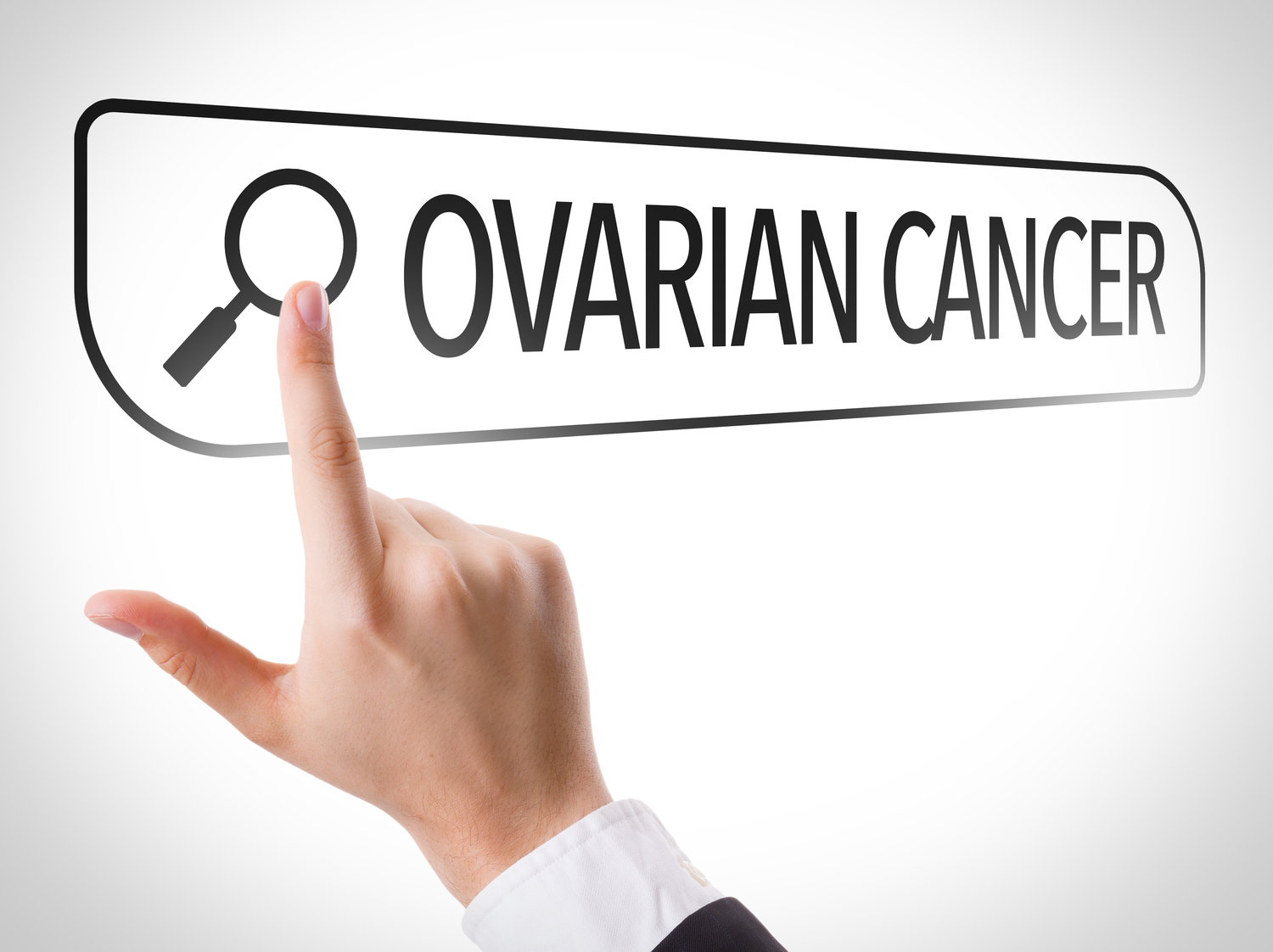
Treatment Options for Invasive Epithelial Ovarian Cancer
Cancer treatment depends on a variety of factors, each of which changes uniquely with the individual. One of the major factors common to all cases of cancer when it comes to determining the treatment options is determining the stage. Staging is the procedure that involves understanding how far the tumor has spread inside the body. Based on the results understood through the staging procedure, further treatment options are drafted. The general skeleton of how the main treatments for ovarian cancer are done as per the diagnosed stage.
Stage I
At this point, the main treatment option for this stage of invasive epithelial ovarian cancer is surgery. Surgery is used to remove the tumor, and as part of this procedure, the uterus, both ovaries, and both the fallopian tubes will be removed. These procedures are known as hysterectomy and bilateral salpingo-oophorectomy, respectively. Once these procedures are done, the treatment plan to follow would be based on the substage at which cancer is present.
Stage II
The first process that is chosen in this stage would be surgery for staging and cytoreductive surgery. This procedure, would also include a hysterectomy and bilateral salpingo-oophorectomy. Through these surgical procedures, the major focus would be on removing as much tumor as safely possible. At least six cycles of chemotherapy would be recommended to the patient after they have undergone the required surgery. The medications that are majorly used in this procedure are combinations of paclitaxel and carboplatin. Some cases of stage II ovarian cancer are suggested to go for intraperitoneal chemotherapy in place of intravenous chemotherapy.
Stage III
The proceedings in the main treatments of this stage of invasive epithelial ovarian cancer are similar to those of stage II. The first point of treatment would be surgery for staging and debulking: both the ovaries along with both fallopian tubes and omentum will be removed while safely removing the tumor to the greatest extent possible. The aim of surgery is to leave behind a tumor that is not larger than a centimeter. Achieving that would be reaching the optimally debulked stage. Once the surgery is performed, the treatment would proceed with combination chemo. There are options to either go with intra-abdominal chemo or intravenous chemo after the surgery. However, intra-abdominal chemo is only used in the case where the tumor has certainly been optimally debulked. In certain cases where the tumor is too large for the surgery or the woman is not healthy enough to undergo a full stage surgery, chemotherapy can be considered before the surgery.
Stage IV
At this stage, it can be understood that cancer has spread to distant organs in the body from the point of origin. Organs such as lungs, liver, and bones would have been affected by this point. Finding treatment options to heal this stage of cancers can be slightly difficult to find. However, treatment can be done nevertheless and the major focus of the main treatment options at this stage of invasive epithelial ovarian cancer would be to help the patients in feeling better and increasing their longevity. Surgery to remove and debulk the tumor would be followed by chemotherapy at this stage.


